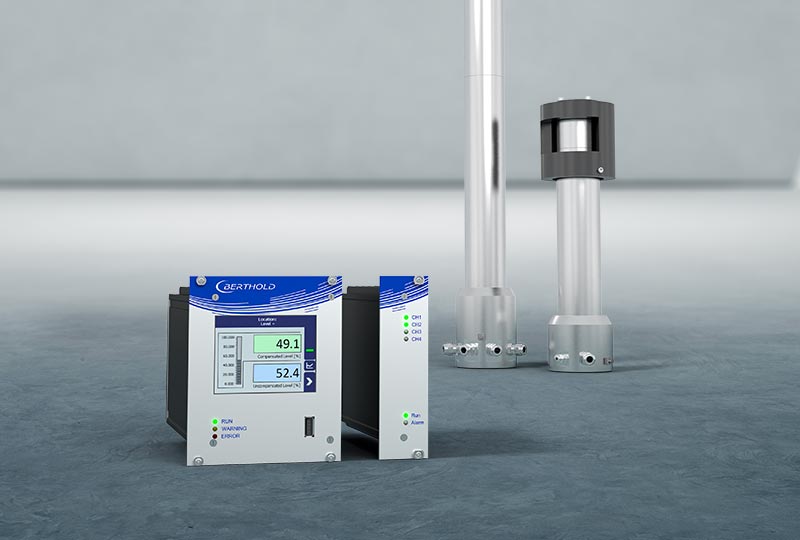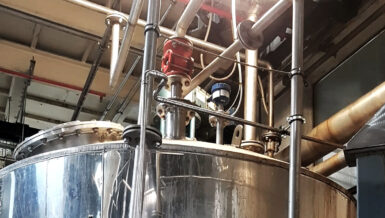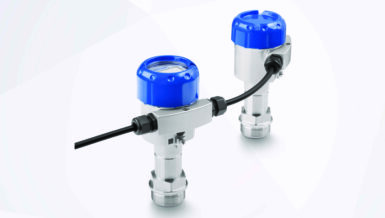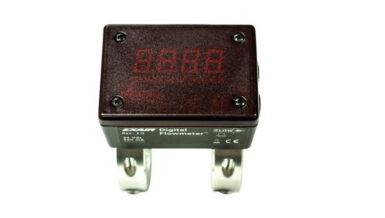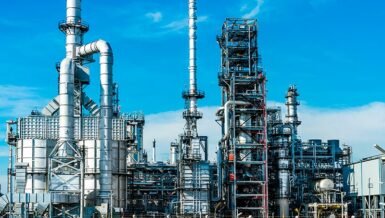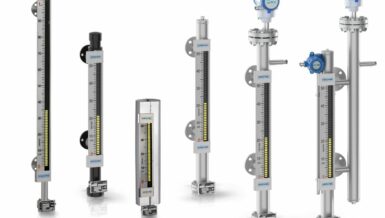Batching and blending skids are used in all forms of liquids processing. The largest users are the food & beverage, chemical, petrochemical, pharmaceutical, and paints & coatings industries. “Batching” is the dispensing of controlled quantities of process fluids into one or more vessels. “Blending” refers to the in-line combining of ingredients into a single output stream. Together, they are both essential components in the processing of liquids.
One especially common blending skid is used in the production of soft drinks. Nearly 35 billion gallons of soft drinks and allied products are consumed annually. Blending and batching units that combine ingredients to produce soft drinks of consistent quality are at the heart of every beverage maker. These units are often fabricated as modular skid systems for a cost-effective, low-impact option.
Skid Configurations
Soft drink blending skids consist of vessels for ingredients, mixing, and finished product storage. Syrups and concentrates are blended in a batch-mixing tank, pumped to a proportioner to mix regulated fluid ratios, and are then stored in a holding tank that feeds the carbonizer. The finished stream is then routed to filling, capping and packaging. Pumps, valves, and blend manifolds are also included on a skid.
Level Measurement Solutions
Below are common level measurement applications for soft drink blending skids and level and flow solutions for these applications:
- Concentrate Tanks: Syrup concentrates and additives to be blended with high fructose corn syrup (HFCS) are typically stored in stainless steel tanks with level controls that maintain safe tank levels. For continuous level, the Eclipse® Model 706 guided wave radar transmitter; the Echotel® Model 355 ultrasonic non-contact transmitter; the E3 Modulevel® displacer transmitter; or the Pulsar® Model R82 non-contact radar transmitter is recommended. For point level, the Models A15 or B15 top-mounted displacer switches are recommended.
- Batch Mixing Tank: HFCS, syrup concentrates, and additives are blended in an agitator-equipped stainless steel batch mixing tank. Level controls in the tank maintain the proper level of incoming ingredients and the outgoing process stream. For continuous level, the ECLIPSE Model 706 guided wave transmitter or the E3 MODULEVEL displacer transmitter is recommended. For point level, the Models A15 or B15 top-mounted displacer switches (in stilling well) or the ECHOTEL Model 961/962 ultrasonic level switch are recommended.
- Product Holding Tank: The process stream from the proportioner is pumped into a holding tank that feeds the carbonization unit. Level in the holding tank is maintained by level switches or a level transmitter. For continuous level, the ECLIPSE Model 706 guided wave radar transmitter; the ECHOTEL Model 355 ultrasonic non-contact transmitter; or the E3 MODULEVEL displacer transmitter is recommended. For point level, the Model B35 external cage float level switch or the ECHOTEL Model 961/962 ultrasonic level switch are recommended.





